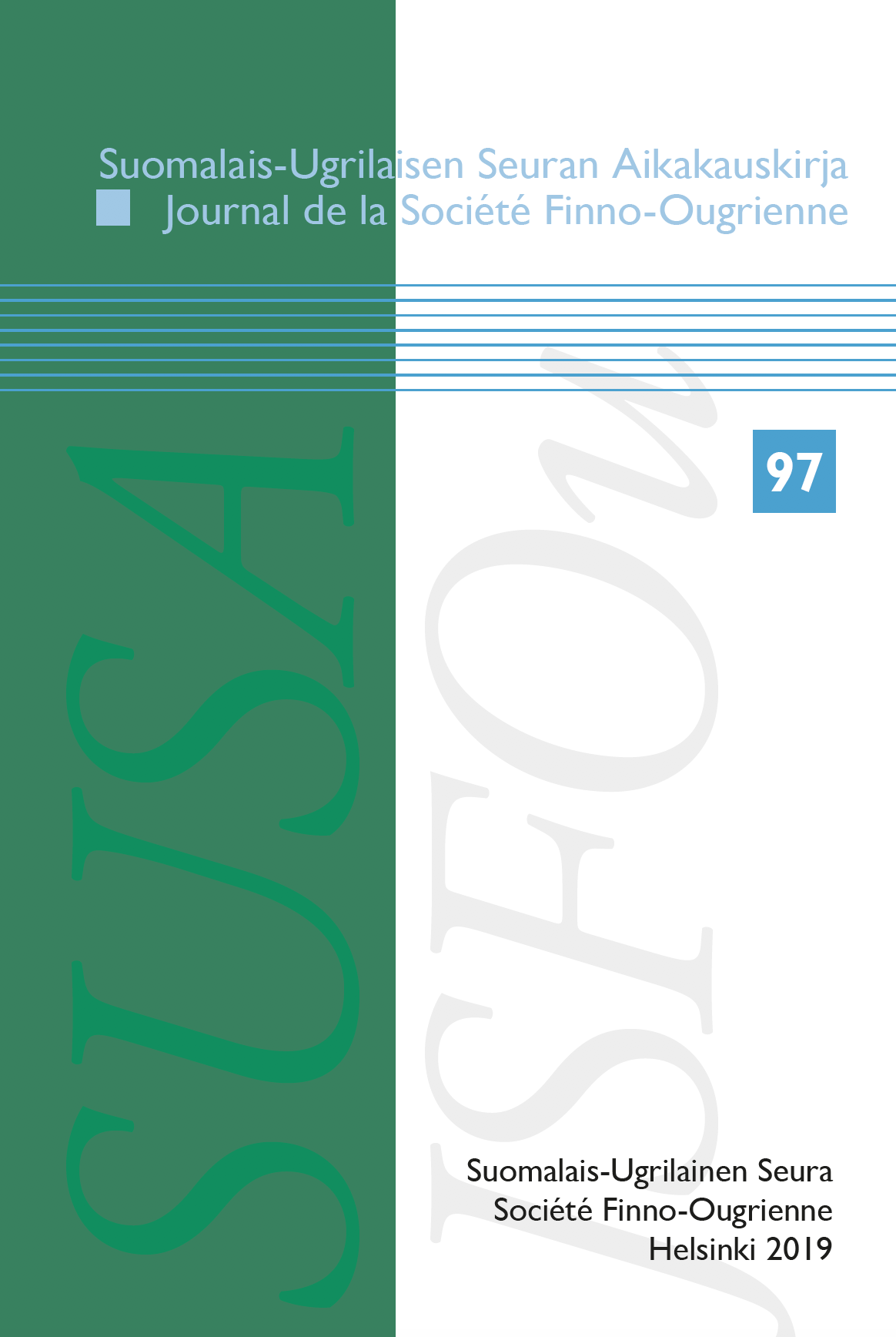Olaus Sirman runojen vertailevaa luentaa
runojen poetiikka ja rakenne ympäröivien kulttuurien tekstien näkökulmasta
DOI:
https://doi.org/10.33340/susa.75266Keywords:
Olaus Sirma, poetiikka, suullinen runous, folkloristiikka, keminsaame, etnomusikologiaAbstract
Olaus Sirmas poems: Comparative analysis of the poetics and structure
In 1673, the university professor and assessor of the Swedish Antikvitetskollegium Johannes Schefferus published a Latin book Lapponia, which includes two poems given by Olaus Sirma, a Saami born in Sodankylä, student at the University of Uppsala, and later a clergyman in Enontekiö. The character of the poems by Sirma has been disputed: were these poems individual artistic creations or examples of an indigenous folklore genre of this later assimilated Saami group? Was Sirma documenting his own oral tradition, using and modifying it for literary purposes or creating something new?
Combining perspectives from linguistics, folklore studies, and ethnomusicology, the article compares the results of poetic analyse with 17th century learned poetics and with later oral poetics in nearby cultures (Saami, Finnish, Swedish, Russian). Two poems seem to represent two different song genres or styles. The first one, based on rhymed couplets, may be affected by the will to show this poetic scheme, popular in both oral and literary poetry of the time, applies also to Saami poetry, but the poems does not exhibit most essential characteristics and ideals of 17th century literary poetry. The structural logic of the second song, based on versatile verse structure (ABC), is closer e.g. to later Skolt Sami leuʹdd-songs than any literary patterns.





